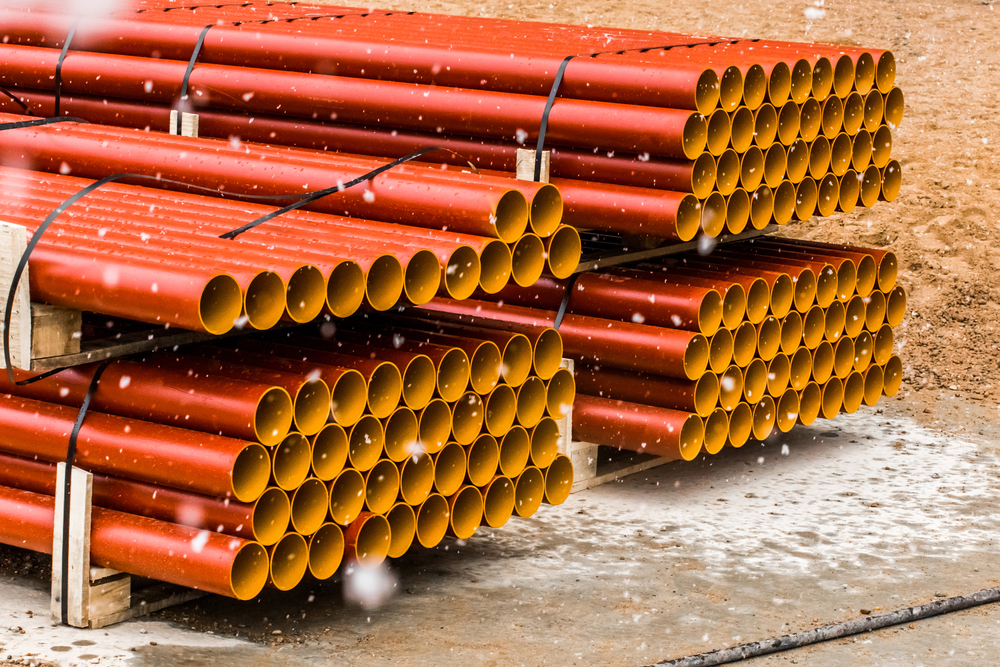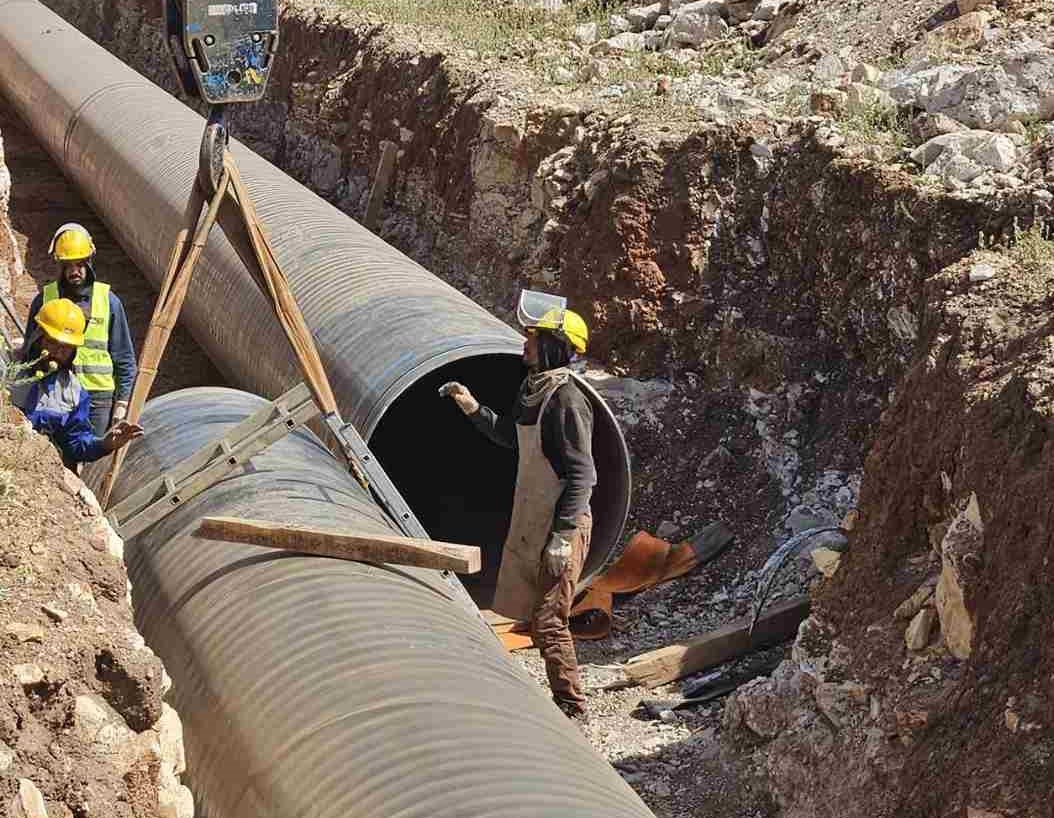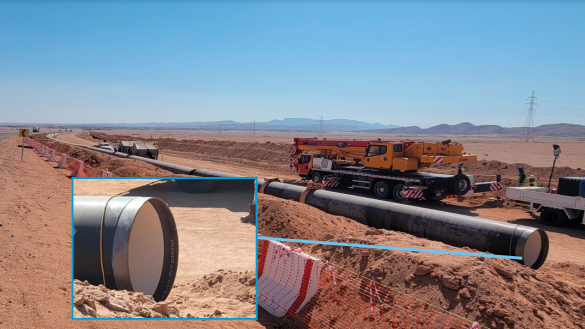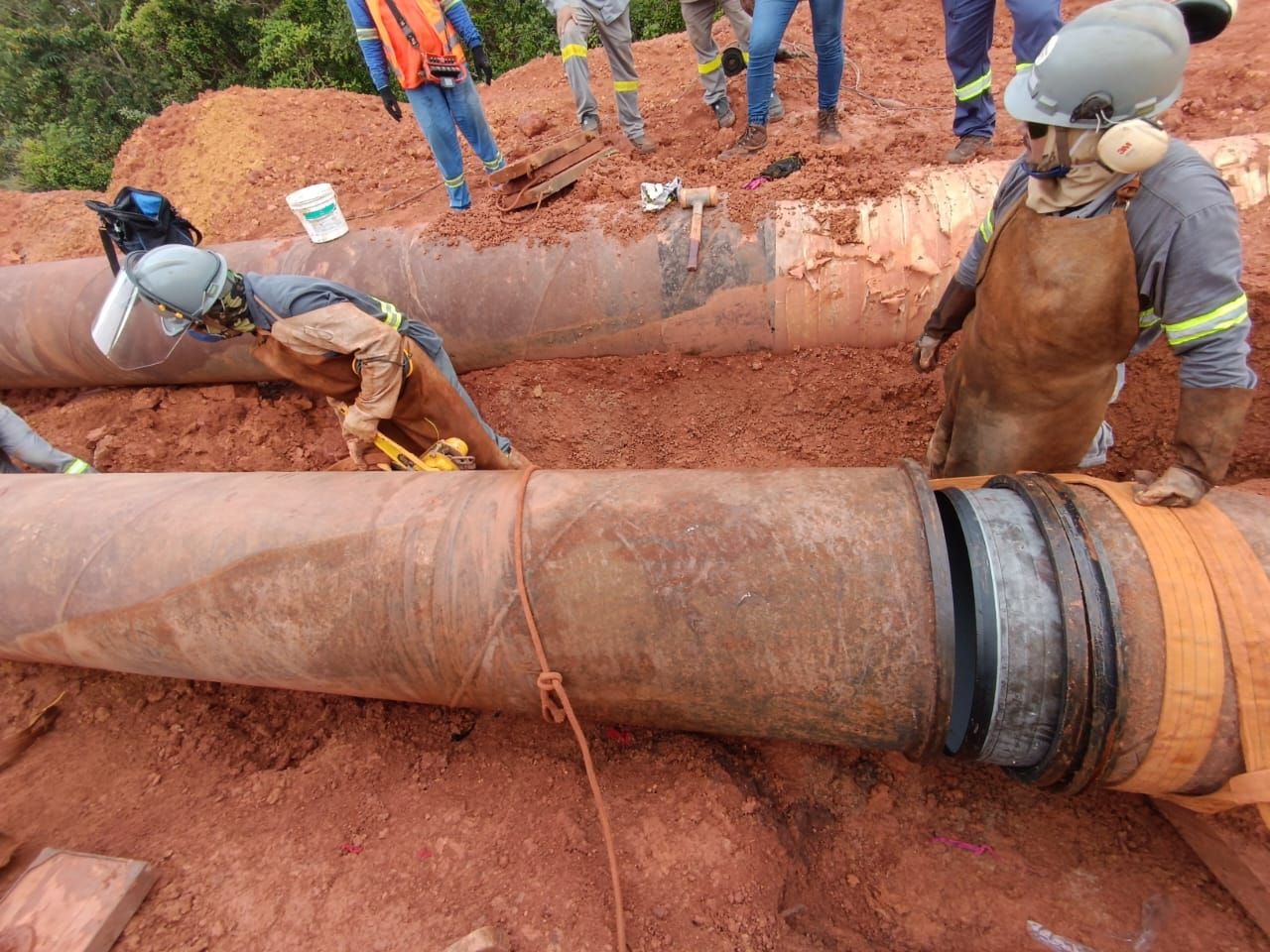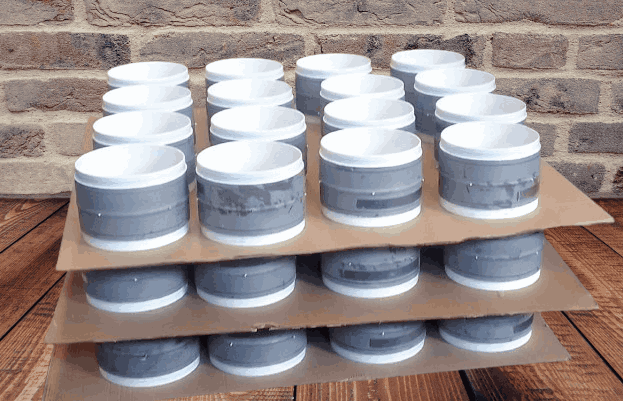Let’s explore the advantages of using thermoplastic pipe liner!
If you are looking for a way to make your plumbing more efficient, then you have probably heard of thermoplastic pipe liners. This material has become increasingly popular in the past few years because it is inexpensive, easy to install, and can last for years without needing replacement. This product can be highly beneficial for homeowners who want their plumbing systems to operate efficiently without having to pay thousands of dollars in repairs.
You may also like to read our blog: “Materials and Equipment Used for Thermoplastic Pipe Liner“
This article will discuss the benefits and advantages of using thermoplastic liners in your project. We’ll also share the installation process of a thermoplastic lining.
Benefits Of Thermoplastic Pipe Liner
There are many advantages of using a thermoplastic pipe liner. Some of the major ones are listed below:
1. Durable And Flexible
Thermoplastic tech liners are durable and flexible. They can be used in any condition, including harsh environments, extreme temperatures, and high-pressure situations. This makes them ideal for use in the construction industry, where pipes may need to withstand harsh weather conditions or heavy loads of weight from machinery moving through them.
2. Easy to Install
The pipe liner can be installed even underwater, in soil or concrete. The pipes fitted with the thermoplastic pipe liners will not leak and thus eliminate any risk of water damage caused by leakage from broken pipes.
This makes it easy for you to install them in places where there are underground obstructions, such as rocks because you don’t have to worry about damaging them during the installation process.
3. Minimal Disruptions
TPL is a trenchless solution that causes minimal disruptions to the surrounding area. The installation process does not require excavation, minimizing the impact on traffic, pedestrians, and the surrounding environment. This makes TPL an ideal solution for projects located in densely populated areas.
4. Longevity And Reliability
You can expect your thermoplastic pipes to last longer than traditional metal pipes because they’re resistant to corrosion and other forms of wear and tear. Furthermore, these liners have been proven time and again by manufacturers as being highly reliable in harsh environments like sewers or wastewater treatment plants.
5. Chemical-Resistant
A thermoplastic pipe liner is an excellent option for plumbing installations in industrial and commercial environments. This material can withstand high temperatures, making it suitable for hot water lines. It’s also resistant to acids, alkalis, and solvents–which means that thermoplastic pipe liners can be used in several environments.
6. Environmentally friendly
Unlike traditional pipe repair methods, such as digging up and replacing pipes, installing thermoplastic pipe liners does not require soil excavation or the removal of large amounts of soil. This makes the process more environmentally friendly, reducing the amount of waste generated and disrupting the surrounding environment.
7. Increased Flow Capacity
The smooth interior surface of TPL increases the flow capacity of the pipe, reducing the likelihood of blockages and increasing the efficiency of the piping system. This can result in improved water pressure, reduced downtime, and decreased maintenance costs.
8. Improved Water Quality
The smooth interior surface of TPL reduces the amount of buildup and mineral deposits, improving the quality of the water. The reduction in mineral buildup also reduces the pipeline corrosion chances, extending the life of the piping system.
The installation process of a thermoplastic pipe liner involves the following steps:
Cleaning: The existing pipe must be cleaned thoroughly to ensure proper adhesion of the liner to the host pipe.
Measuring: Measure the length and diameter of the existing pipe to determine the required size of the liner.
Cutting: Cut the liner to the appropriate length and diameter.
Heating: Heat the liner until it is soft and pliable. This can be done using a hot air gun or a heat lamp.
Inserting: Insert the liner into the existing pipe, making sure to center it evenly and avoid any wrinkles or folds.
Inflating: Inflate the liner using a bladder or other pressurizing device until it takes the shape of the existing pipe.
Cooling: Allow the liner to cool and harden, which will take a few hours to a full day, depending on the material and conditions.
Final Inspection: Inspect the liner for any defects, such as wrinkles, folds, or air pockets. If any are found, the liner must be removed, and the installation process will start again.
Testing: Test the liner for leaks and structural integrity. Once the liner has passed all tests, the installation is complete, and the pipe is ready for use.
Read: “How To Extend The Age Of Pipeline Coating?”
FAQS
What is a thermoplastic pipe liner, and how does it work?
A thermoplastic pipe liner is a flexible, resin-impregnated tube used to reline and rehabilitate existing pipelines. The liner is inserted into the damaged pipe and then inflated to conform to its shape. The resin inside the liner then hardens and forms a new inner surface for the line, effectively repairing damage and restoring its flow capacity.
How long does it take to install a thermoplastic pipe liner?
The time required for installation depends on the length and size of the existing pipe, as well as the complexity of the installation process. On average, it takes between 4-8 hours to install a liner in a pipeline of 100 feet in length.
What types of pipes can be lined with a thermoplastic liner?
Thermoplastic liners can be used to line a variety of pipes, including steel, ductile iron, PVC, and concrete pipes. The liner provides a smooth and durable inner surface, improving flow characteristics and extending the life of the pipe.
How long does a thermoplastic liner last?
The lifespan of a thermoplastic liner can vary depending on the specific environment and conditions, but they typically last 50+ years.
Bottom Lines
In conclusion, thermoplastic pipe liner is a game changers for piping systems, offering numerous advantages over traditional excavation and replacement methods. The technology is cost-effective, quick, easy to install, and minimizes disruptions to the surrounding area.
TPL is also long-lasting, durable, and environmentally friendly, making it an attractive option for commercial and residential applications. If you are considering a piping system repair or upgrade, consider TPL a cost-effective and reliable solution.

